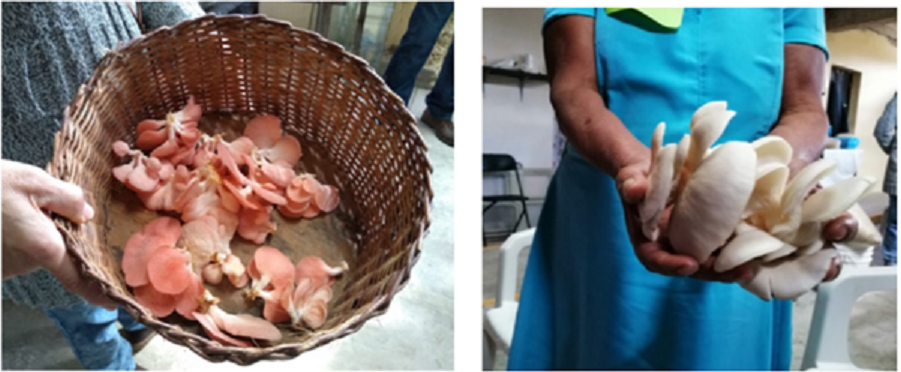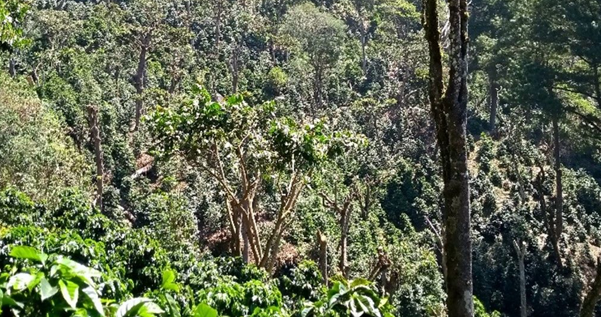


The Nature-based Solutions themselves are a core building block of the project. These solutions include reforestation, riparian restoration and infiltration trenches, the establishment of lineal, permeable trails for improved watershed functioning to reduce the risk of flooding and landslides during heavy rains, and water scarcity during dry periods. The tangible co-benefit of these measures is the reduction of disaster risk and easier access to water supplies, to name just two.
An integral part of these Nature-based Solutions is the creation of sustainable livelihoods that take pressure off ecosystems, including edible mushroom cultivation, beekeeping, urban agroforestry and gardening. The presence of these activities not only helps with decreasing pressure on ecosystems but also creating buy-in on the part of communities; they see a tangible economic benefit from the project and thus have a vested interest in its success. For example, mushroom cultivation has led to an additional source of income of $152 USD per month per plot for Xalapa households.
The inclusion of key community and government stakeholders is crucial for this building block’s success, in addition to the physical space and coordination among differing agency mandates needed to implement NbS on a scale that will lead to tangible benefits.
Identifying “hotspots,” or the most vulnerable areas of the community to implement NbS has been crucial to make the largest, and most visible, impact possible to prove the effectiveness of such solutions to the community. The project’s watershed perspective has also been critical for success, as it captures the ecosystem services (water infiltration) even when they extend beyond municipal limits to other jurisdictions. Community involvement is key to help avoid “maladaptation” or livelihood activities that will not be useful to communities or even add to existing problems (for example, crops that are not suited to a region’s soils), especially if there is a lack of interest or buy-in to continue them after the project has ended. Fruit trees and community gardens, for example, have proved to be successful sources of alternative livelihoods for different members of the community while helping to stabilize soils and regulate water flows. Co-benefits from livelihood creation and reduced damages from disasters are crucial for community and government buy-in and integration of NbS in future planning processes.